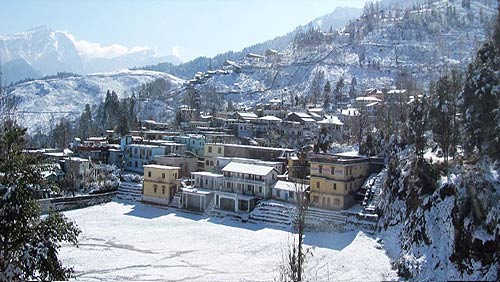#ashokasays Did you know 309:
When we visit restaurants we see that they flooded with plastic plates which serves food. And when asked why they have to use these kind of plates, they have just one answer "Sir let me know what else we can do? We don't have a choice!". And you are left out with no answer. But not anymore.
You can reply to them with an answer. You can guide them to meet this lady, Samanvi Bhograj, a Bengaluru-based entrepreneur who founded Visfortec Private Limited – a company that manufactures 100% biodegradable and compostable tableware products made from plant fibre.
Samanvi started searching for alternatives to plastic tableware about four years ago. After extensive research and lots of reading, she decided to manufacture products using sugarcane bagasse- the fiber obtained from sugarcane after extracting juice.
The products include food containers and tableware – like plates, bowls, meal trays and cups – which decompose within 30-60 days after being discarded. The company sources processed bagasse from other organizations. This material is then molded, dried, heated, and given other final touches. Heat-induced pressing during the manufacturing process gives structural strength to the cutlery. Additionally, the inter-fibre bonding makes the products water and oil resistant. It is a completely natural process and involves no binders, additives, coatings or chemical residues, resulting in a nontoxic, harmless and healthy alternative to plastic. The cutlery also does not impart colour, odour or taste to food. The products are microwave-safe and have an estimated shelf life of two years. Users cannot wash the tableware or containers after use; they have to be discarded.
Samanvi started her company at the age of 25, just after completing her Engineering and MBA. Today, the company produces about 15 lakh cutlery pieces every month and her company supposedly is India’s first and only manufacturing unit for products made from plant fibre. It caters to organizations, restaurants and takeaway shops that need packaging material on a regular basis.
The cups costs about 95 paise and above, plates about Rs.2 to 7 depending on the size, Meal boxes about Rs.14 and the containers from Rs.8 to 18. They have wooden spoons too which is around Rs.2.
The company also works with women in the villages around Bengaluru to produce bags, bin liners and garments which are made using jute, paper and cloth.
The lady is having a concern towards people and while hiring she gives some preference to people who are hearing and speech impaired.
Incase you are interested in getting these products you should visit http://visfortec.com/onlinestore.html. Soon you may find these products on flipkart, amazon and other online stores.
Whatever said and done, Samanvi is one lady who has worked towards bringing an alternative to plastic plates and spoons and not just like some of us who just complain and keep silent about plastic usage.
INCREDIBLE BHARATHIYA

























































